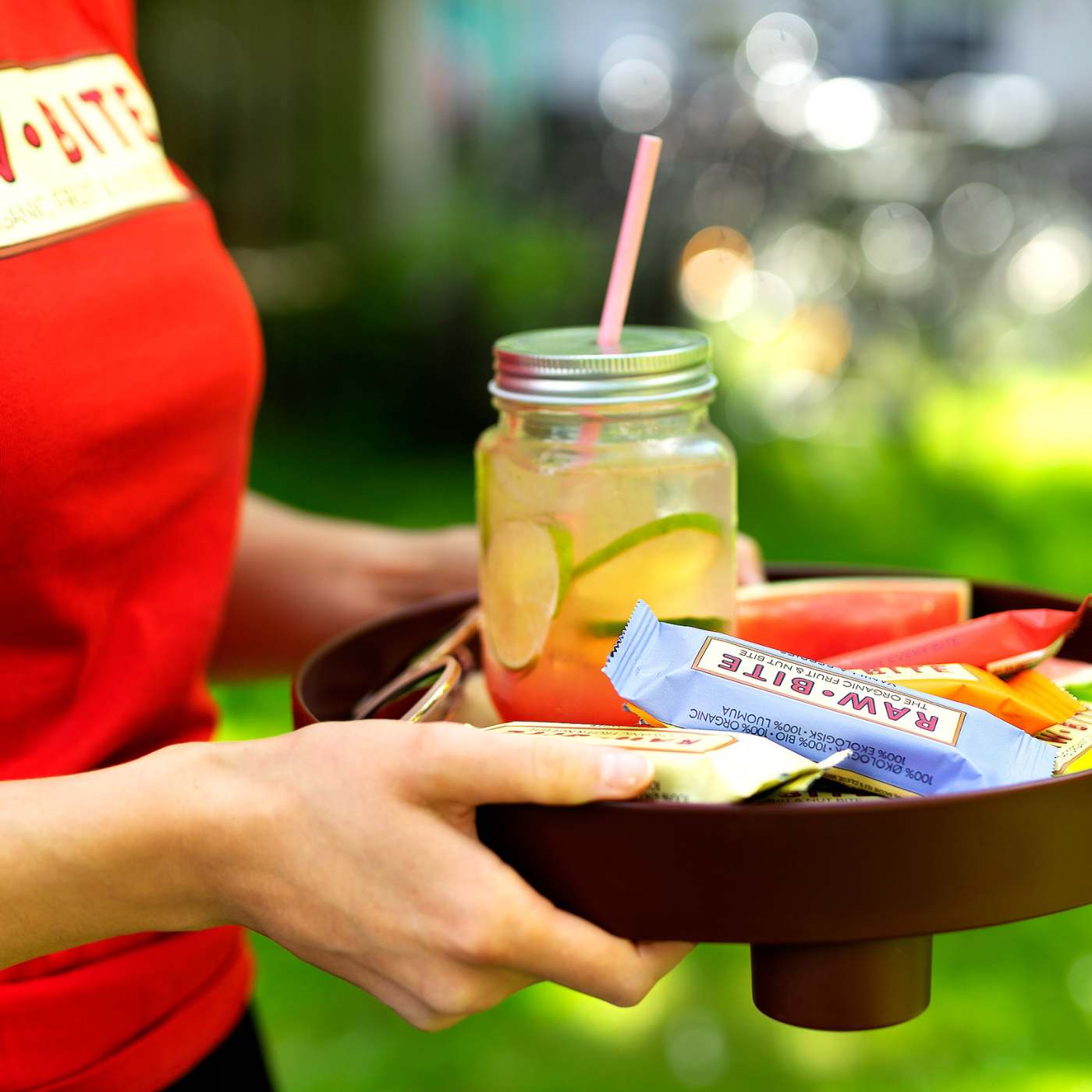The trend for skinny skis and turning one’s back on the queues at the lifts is definitely picking up speed – and there are many good reasons for this: gliding silently along the twin tracks, across crisp new snow and through incredible scenery, has a pleasantly soothing, almost meditative effect. That’s the one benefit. The other is that there are few other sports that train the body as completely and holistically as cross-country skiing. Virtually every muscle in your body is used – and if you’re new to the sport, after a day or two you may discover aches in places you never knew you even had muscles. It’s also the perfect workout for balance and coordination. New materials have contributed to boosting the appeal of cross-country skiing. It also happens to be a lot easier on the joints that other types of skiing, making it ideal for anyone wanting to get fit without putting too much strain on ligaments and tendons. It’s winter now, but summer is just around the corner….
It may sound like hard work, but don’t let us put you off: as you glide through magnificent scenery, undisturbed by the crowds on the slopes, you’ll probably find you’re so distracted that you won’t notice the actual exercise. We’ve put together a few tips to make sure that you’re perfectly prepared for your first encounter with cross-country skiing…remember that good preparation is worth its weight in gold!

Basic gear
If you’re just starting out it makes sense to hire the equipment – i.e. skis, shoes and poles – so that you can see whether the sport is for you without making an investment. You won’t need any additional clothing apart from your regular winter outdoor gear. It’s a common mistake to dress too warmly for cross-country skiing. Remember, this sport is a lot like running in terms of intensity. Even in cold temperatures, you’ll find that you work up a sweat, meaning that functional garments made of man-made fibres and wool that both warm and cool are essential. Even better if you layer up, because then you can shed a layer if you get too hot. We recommend a windbreaker, soft-shell and a fleece – and take a backpack that doesn’t restrict your movements.
Wearing your ski gear is definitely the wrong approach. This may be fine for hikes and sledding, but you’ll get way too hot in ski gear while cross-country skiing. Cotton is not recommended because it soaks up moisture which ultimately will make you feel chilly. Definitely remember to take a pair of gloves, a tubular scarf and hat or headband. You’ll also need goggles or sunglasses on sunny days.
Strap on those skis
Novices should start off with a cross-country ski that doesn’t need waxing. Ideally, you should pick a ski that has a traction or grip surface (also called a no-wax ski), as these sections of the ski help you to get up slopes and prevent you from slipping backwards as you ascend. More experienced skiers prefer waxed skis for a smooth, frictionless glide. But remember that even no-wax skis have a glide area that requires regular waxing. The length of the ski depends on your height and weight. A good rule of thumb is that the skis should be between 10 and 20 centimetres taller than you. Bindings and shoes are important! They vary from brand to brand and are not compatible, so make sure that both are by the same brand. To get the right pole height for classic cross-country skiing, stick your poles in the snow: they should reach up to your armpits.
Find your technique
Younger beginners tend to start off with the skating technique, which thanks to today’s easier-to-control and wider Nordic Cruiser skis, presents no problem. However, it is also the more strenuous variant. The classic technique is more akin to how we normally walk, moving your right leg and left arm forward for one step and vice-versa for the next. The technique used during skating is more like inline or ice skating, where you push off from the inner edge of the ski and immediately move your weight over to the new gliding ski. This gives the typical herringbone pattern in the snow.
Where’s the best place?
It doesn’t always have to be the Alps – Germany is also a great place for cross-country skiing and you’ll find perfectly groomed tracks in most resorts. There are even places in Britain where you can cross-country ski, for instance in Huntly in Aberdeenshire. Austria and Switzerland are packed with fantastic cross-country options, and Norway and Sweden are also great places to go. Lillehammerfjell in Norway is one of the cross-country hotspots, and there’s nearly always fresh snow; in Sweden, the Vasaloppet (the Vasa race) is held around Sälen; it is the biggest cross-country skiing event in the world. Doesn’t the sound of gliding through Sweden’s magical forests on illuminated paths at night sound tempting?

Let’s summarise...
Cross-country is a super-intense workout, guaranteed to make you sweat; it’s strenuous and athletic. Make sure that you’re wearing suitable gear. It should provide enough room to move in, it should be breathable and protect you against the cold wind. Low impact endurance training in advance, e.g. running, fast walking, power walking, swimming or cycling, plus some stretching exercises, is a great way of preparing yourself for cross-country skiing. And, our personal tip: always have a RAWBITE bar (even better: several) in your backpack as a delicious energy boost when you’re out on the tracks. Happy skiing!
Pure Taste. Pure Joy.








